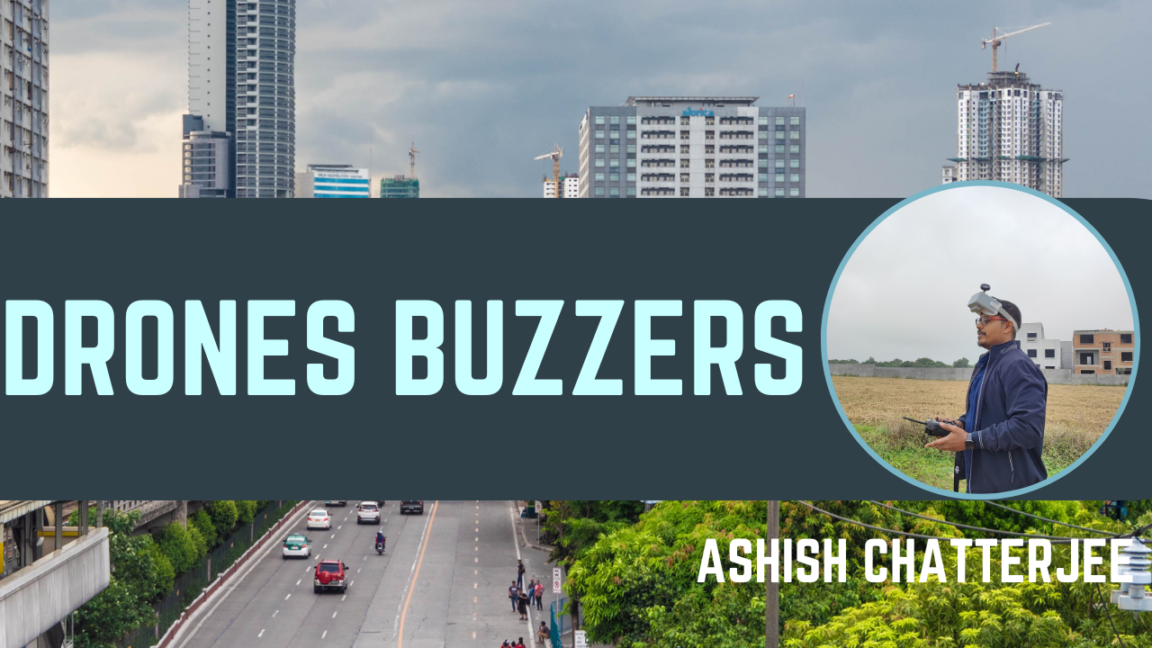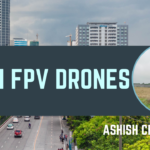Introduction
A buzzer is a crucial component in FPV drones, primarily used for lost drone recovery, low battery alerts, and flight status indications. A well-integrated buzzer can help pilots quickly locate a crashed drone and receive important alerts during flight.
Why Use a Buzzer in FPV Drones?
- Lost Drone Recovery: If the drone crashes or gets lost, the buzzer emits a loud sound to help locate it.
- Low Battery Warning: Alerts the pilot when the battery voltage drops to a critical level.
- Status Indications: Some flight controllers use the buzzer for startup tones, arming/disarming alerts, and error notifications.
Types of Buzzers Used in FPV Drones
- Passive Buzzers:
- Requires a flight controller to generate a signal for sound.
- Typically quieter than active buzzers.
- Active Buzzers:
- Generates its own sound when powered.
- Louder and more effective for lost drone recovery.
- Self-Powered Buzzers (Battery Backup Buzzers):
- Example: ViFly Finder 2, HellGate Buzzer.
- Contains a built-in battery to keep functioning even if the main battery is disconnected.
- Activates automatically when the main power is lost, making it ideal for drone recovery.
Connecting a Buzzer to a Flight Controller (Circuit Diagram)
Most FPV flight controllers have dedicated buzzer pads labeled as BZ+ (Positive) and BZ- (Negative). Some buzzers also require an additional ground (GND) connection.

Basic Wiring Diagram:


For self-powered buzzers, an additional connection to the 5V or LiPo power source is needed to charge the built-in battery.Configuring the Buzzer in Betaflight
- Connect the buzzer to the flight controller’s buzzer pads.
- Enable the buzzer in Betaflight Configurator:
- Go to the Configuration tab and ensure the Beeper option is enabled.
- Set Up Beeper Modes:
- In the Modes tab, assign a switch for Beeper Mode to manually activate the buzzer.
- Test the buzzer:
- Use the Beeper Mode switch or disconnect the battery to trigger the lost model alarm.
Best Practices for Using a Buzzer in FPV Drones
- Use a Self-Powered Buzzer for Maximum Reliability: Standard buzzers won’t work if the battery ejects in a crash.
- Mount the Buzzer Securely: Position it away from vibration-heavy areas to avoid disconnection.
- Test Before Every Flight: Ensure the buzzer is functioning correctly before takeoff.
Conclusion
A buzzer is a small but essential addition to an FPV drone, greatly improving the chances of recovering a lost model. Using a self-powered buzzer provides extra security in case of power loss. Proper installation and configuration ensure a reliable beeping system for flight alerts and crash recovery.
Stay tuned for more FPV drone insights!






GIPHY App Key not set. Please check settings